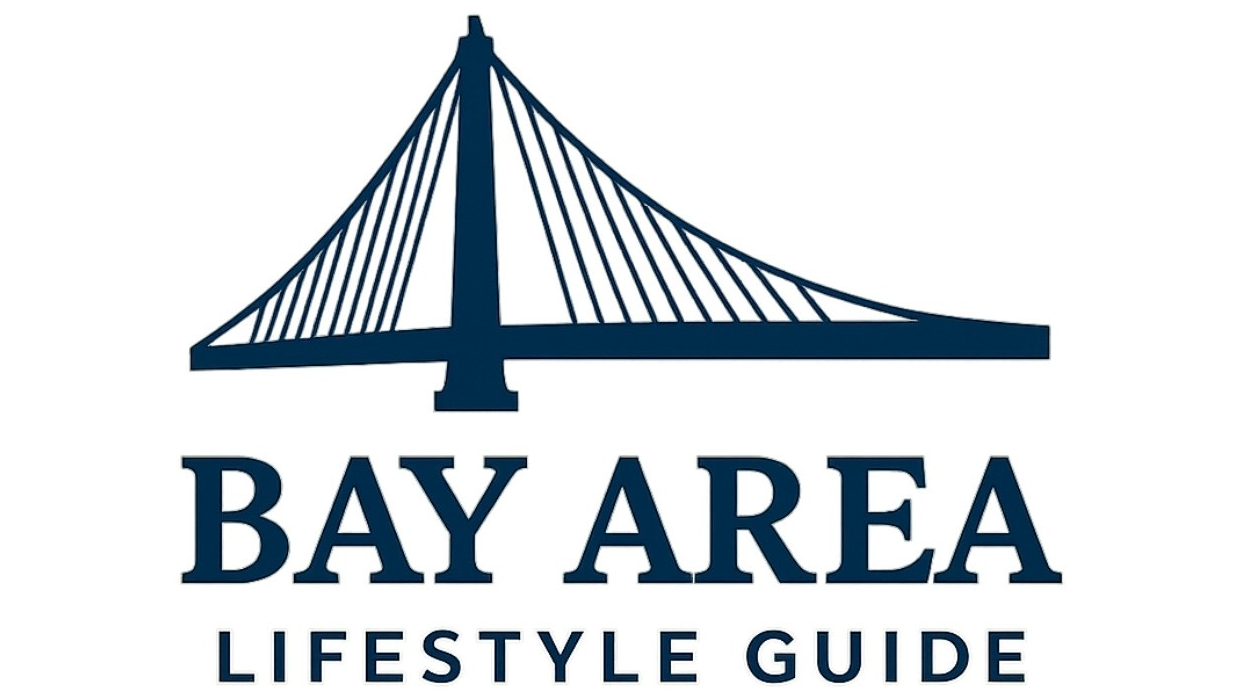
Congestion Pricing: A Breath of Fresh Air for the Bronx
For residents in the South Bronx, particularly in areas like Mott Haven and Port Morris, the news that truck traffic has declined since the introduction of congestion pricing could feel like a win in their fight for cleaner air and safer streets. According to recent data analyzed by transportation expert Charles Komanoff, an average of 72 fewer trucks are using the Bronx leg of the Triboro Bridge since the pricing scheme went into effect on January 5, 2025. This contrasts the dire predictions circulated by opponents of the program, who feared that the tolls would redirect more vehicles into their communities, exacerbating existing challenges related to pollution and congestion.
Understanding the Data That Shows Truck Traffic Relief
In the context of increasing vehicle traffic across most of the MTA tolled crossings, the decrease in truck volumes on the Triboro-Bronx segment stands out. The percentage drop may seem minor at just 0.9%, but it indicates that congestion pricing is likely achieving its intended effect of managing urban traffic. This decline comes amid a backdrop where other crossings in the region have experienced a significant rise in truck traffic—2.6% on average. Therefore, for the Bronx communities that have long suffered from air pollution and road dangers associated with heavy truck traffic, even a small reduction can lead to meaningful improvements in their everyday lives.
The Human Impact of Congestion Pricing
For adults living in the San Francisco Bay Area, who juggle their busy lifestyles with a commitment to wellness and community health, the implications of congestion pricing resonate more personally than one might think. Like the Bronx neighborhoods, Bay Area communities often experience traffic congestion that not only affects air quality but also the mental well-being of their residents. The connection is clear: fewer trucks can lead to less harmful emissions, quieter streets, and ultimately, healthier neighborhoods.
Benefits Beyond Just Trucks
This reduction in trucks is part of a larger narrative about urban sustainability and enhancing quality of life. The initiative not only reflects awareness of traffic management but also paints a picture of advocacy for responsible urban development. Programs such as congestion pricing could inspire community-driven initiatives across the country, sparking discussions around traffic management and public health. In cities where lifestyle changes are becoming increasingly necessary, learning about these success stories may offer solutions worth exploring.
Comparative Success: Lessons from the Bronx
While my audience in the Bay Area might be busy navigating their own local transportation challenges, the Bronx's situation presents valuable lessons. For instance, through community engagement and comprehensive data analysis, transformation can happen in urban areas that have historically been overlooked. The Bronx experienced high levels of truck traffic that contributed to its legacy of urban decay, but in comparison, cities like Oakland or San Jose might seek similar structural changes to ensure cleaner air and healthier pet-friendly streets.
What's Next? Future Insights on Congestion Pricing
Looking ahead, Komanoff's data suggests that the idea of congestion pricing may hold promise not just for New York but for urban centers across the country. The ability to reduce truck volumes while improving public health could ultimately steer community leaders toward adopting similar measures. As we grapple with urban pollution and transport cuts, understanding how these systems can work positively could catalyze a healthier future.
Engaging the Community About Change
As we celebrate these early successes in the Bronx, it's essential for communities everywhere to remain engaged and informed about similar initiatives. The steady decline in truck traffic is a positive reinforcement to advocate for policies benefiting local health and wellness. For individuals interested in impacting their communities positively, acknowledging and adopting congestion pricing could be one vital step in a broader movement toward urban revitalization.
Why Waiting for Change Isn’t an Option
As community-centric individuals reflecting on health and wellness trends, it’s imperative to understand that waiting for change is no longer an option. The Bronx's experience with congestion pricing is a living case study, proving that when driven by data and public welfare, even nuanced changes can catalyze significant improvements. For residents curious about how to get involved, focus on advocating for such measures strengthens our communities, giving us the collective power to reshape our urban environment for the better.
 Add Row
Add Row  Add
Add 



Write A Comment